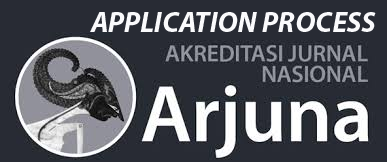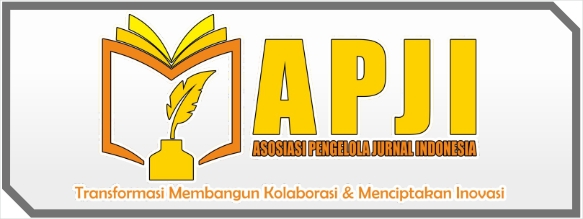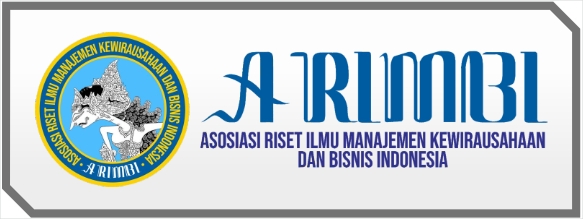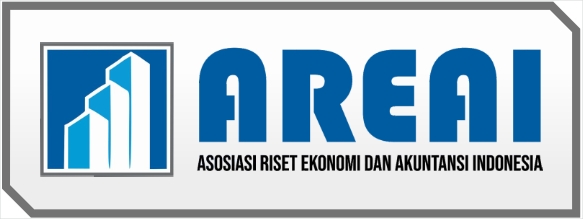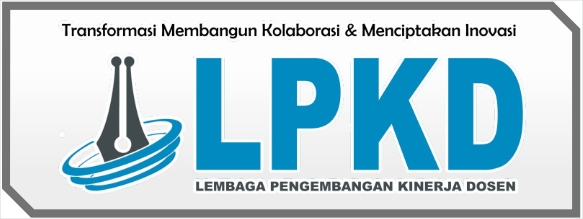LEADERSHIP CREATIVE VILLAGE
DOI:
https://doi.org/10.58684/jarvic.v2i3.85Keywords:
Leadership, Creative, Cianjur, ImplementationAbstract
The innovative leadership of the Chief District Officer of Cianjur District in the implementation of the Village Innovation was seen and measured to the extent to which the commitment and political will of the Head of the District in providing public services and providing public goods to its citizens. In addition, the Innovative Leadership Capacity of the Head of the District will be reviewed from the perspective of the innovative development visions built, the strategic steps taken to drive innovation, and the stability of his leadership. The research focuses on the leadership of regional heads in the implementation of smart innovation camp with a theoretical approach to leadership and innovation. This research uses a qualitative approach (qualitative approach). Data sources include people, events, places and documents. Data collection techniques include in-depth interviews, documentation and observations. Data analysis techniques are interactive models. (interactive model analysis). The results of the research show that Creative Village Innovation is a technology-based program that focuses on the village community as well as the implementation center in the village office. The program designs the village to have an integrated programme framework that blends the use of fiber-optic information and communication technology (ICT), productive economic activities, creative economic activity, improved education, health, and poverty alleviation efforts.
References
A. Rahman. M. (2016). Organization Strategies & Innovative Leadership Management. J. Business and Management, 11(10), 206–223.
Abdul Manap, A. S., Vijayabalan, S., Madhavan, P., Chia, Y. Y., Arya, A., Wong, E. H., ... & Koshy, S. (2019). Bacopa monnieri, a neuroprotective lead in Alzheimer disease: a review on its properties, mechanisms of action, and preclinical and clinical studies. Drug target insights, 13, 1177392819866412.
Abdul Manap, R., & Shao, L. (2015). Non-distortion-specific no-reference image quality assessment: A survey.
Alvord, S. H., Brown, L. D., & Letts, C. W. (2004). Social entrepreneurship and societal transformation: ann exploratory study. Journal of Applied Behavioral Science, 4(2), 262–282.
Aripin, Z., Suganda, U. K., & Kusumah, A. Z. (2022). Marketing intelligence: Innovation ability to anticipate global competition. International Journal of Research in Business and Social Science (2147-4478), 11(1), 328-339.
Aschbacher. M. C and J. Sablik. (2019). Innovative Leadership Style for Industrial Companies. J. Business and Management, 7(2), 45–50.
Bagheri, H., Manap, M. Y. B. A., & Solati, Z. (2014). Antioxidant activity of Piper nigrum L. essential oil extracted by supercritical CO2 extraction and hydro-distillation. Talanta, 121, 220-228.
Basadur, M. (2004). Leading others to think innovatively together: Creative leadership. The Leadership Quarterly.
Bima Katangga. (2019). Azwar Anas dan Inovasi Kepala Daerah, Studi Kepemimpinan Pronesis. International Juornal IAPA.
Brown, H. (2008). Knowledge and Innovation: A Comparative Study of the USA, the UK,and Japan. Routledge. Budiraharso, S. A. (2014). Risma : Perempuan Hebat dan Fenomenal. Sinar Kejora.
Denti. L. (2012). Leadership And Innovation In Organizations: A Systematic Review Of Factors That Mediate Or Moderate The Relationship. J. Innovation Management, 16(3), 1–20.
Desfitawarni, Syamsurizaldi, S., & Fatimah, F. (2022). Kepemimpinan Inovatif Walikota Payakumbuh Dalam Membangun City Branding “Payakumbuh, The City of Randang.” Kolaborasi : Jurnal Administrasi Publik, 8, 138–155.
Egrita, B., W. M. (2013). Hubungan antara Kepemimpinan Transformasional, Budaya Organisasional, Komunikasi organisasi, terhadap Kinerja Pegawai.
Ekvall, G. and K. A. (2010). Change-centered leadership: An extension of the twodimensional model. Scandinavian Journal of Management, 7, 17–26.
Guba, L. dan. (1985). Naturalistic Inquiry. Sage Publication.
Hastutik, S., Agus Yulistiyono, S. E., Nurofik, A., Lesi Hertati, S. E., ACPA, M. S. A. C. C., CLAC, C. C., ... & Darmaesti, S. E. (2022). KONSEP DASAR SISTEM INFROMASI MANAJEMEN. Cendikia Mulia Mandiri.
Hemlin, S, C. A. and B. M. (2008). Creative knowledge environments. Creativity Research Journal, 20, 196– 210.
Illies, R. P. R. and J. J. (2004). Leadership and creativity: Understanding leadership from a creative problem- solving perspective. The Leadership Quarterly, 15, 55–77.
Jaudi. (2020). Kepemimpinan inovatif dalam pengembangan organisasi dan team. Southeast Asian Journal of Islamic Education Management, 1(2), 147–154.
Keatinge, J. S. Y. and D. (2004). Innovative Leadership And Management In A Nursing Home. J. Nursing Management, 12(2), 445–451.
Lumpkin, G.T., and Dess, G. G. (2001). Linking Two Dimensions of Entrepreneurial Orientation to Firm Performance: The Moderating Arole of Environment and Life Cycle. Journal of Business Venturing, 16, 429–451.
Manap, A. (2018). Pengaruh pendapatan nelayan terhadap gaya hidup masyarakat di desa gambus laut Kecamatan Lima Puluh Kabupaten Batubara (Doctoral dissertation, Universitas Islam Negeri Sumatera Utara).
Miles, M., Huberman, & S. (2014). Qualitative Data Analysis, A Methods Sourcebook (3rd ed.). Sage Publication.
Mumford, M. and S. G. (2009). Creativity syndrome: Integration, application, and innovation. Psychological Bulletin, 27–43.
Mumford, MD, GM Scott, B. G. and J. S. (2002). Leading creative people: Orchestrating expertise and relationships. The Leadership Quarterly, 13, 705–730.
Ramli, M. (2017). Kepemimpinan Inovatif Dalam Implementasi Kebijakan Strategis Pemerintah Kota Makassar. JPP (Jurnal Politik Profetik), 5(2), 168–184.
Rogers, E. M. (1983). Diffusion of Innovations (Third Edit). Macmillan Publishing Co., Inc. Thoha, M. (2010). Birokrasi Politik di Indonesia. Rajawali Press.
Sepahpour, S., Selamat, J., Abdul Manap, M. Y., Khatib, A., & Abdull Razis, A. F. (2018). Comparative analysis of chemical composition, antioxidant activity and quantitative characterization of some phenolic compounds in selected herbs and spices in different solvent extraction systems. Molecules, 23(2), 402.
Shirazi, N. S., & Manap, T. A. A. (2005). Export‐led growth hypothesis: Further econometric evidence from South Asia. The Developing Economies, 43(4), 472-488.
Suganda, U. K. (2022). Reducing turnover intention: The mediating role of work-life balance and organizational commitment. International Journal of Business Ecosystem & Strategy (2687-2293), 4(3), 01-12.
Suganda, U. K., Egiani, D., & Sugiarti, I. (2021). The Influence of Product Quality and Brand Image on Customer Loyalty Of “Little Hanna” Muslim Clothing. Review of International Geographical Education Online, 11(3), 1498-1503.
Suganda, U. K., Oktavia, P., & Fridayanti, V. D. (2021). The Effect of Experiential Marketing and Service Quality on Customer Loyalty of Domino's Pizza in Cirebon City. Review of International Geographical Education Online, 11(6), 772-777.
Suganda, U. K., Oktavia, P., & Fridayanti, V. D. (2021). The Effect of Experiential Marketing and Service Quality on Customer Loyalty of Domino's Pizza in Cirebon City. Review of International Geographical Education Online, 11(6), 772-777.
Suganda, U. K., Theresia, M. P., & Wijaya, H. A. (2022). Antecedent of green purchase behavior: Cases of Indonesia. International Journal of Business Ecosystem & Strategy (2687-2293), 4(1), 01-10.
Thompson, J. L. (2002). The World of the Social Entrepreneur. International Journal of Public Sector Management, 15(5), 412–431.


